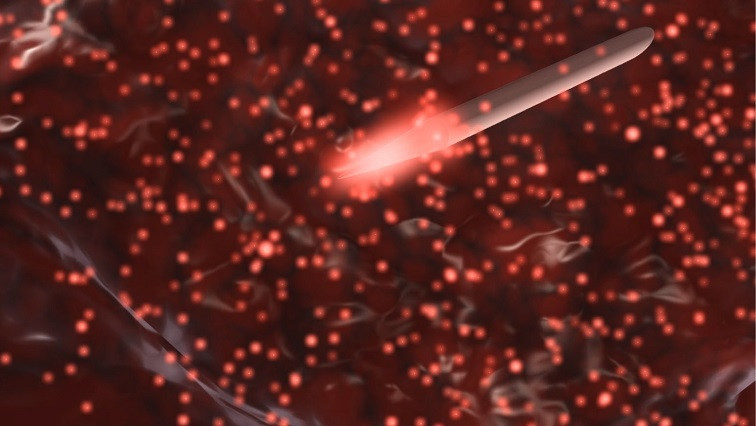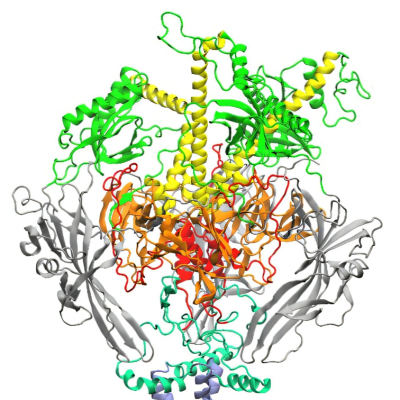Nanospectra Biosciences, Inc., a medical device company pioneering a novel use of nanomedicine for selective thermal ablation, today announced the start of a pivotal study to determine the efficacy of using MRI/US fusion imaging technology to direct focal ablation of prostate tissue using nanoparticle-directed laser ablation. The initial two patient procedures in the pivotal trial have been completed at the University of Michigan, which also participated in the pilot study. The AuroLase® pivotal study follows the successful first-in-human pilot study that enrolled 46 subjects at three U.S. sites.
Clinical and functional outcomes of a subset of subjects at the lead site in the feasibility study were published in the prestigious Proceedings of the National Academy of Sciences (PNAS) last August in a paper titled, ‘Gold Nanoshell-Localized Photothermal Ablation of Prostate Tumors in a Clinical Pilot Device Study’. Thirteen of the first 15 prostate cancer patients treated in the clinical trial of the nanoparticle-based, focal therapy showed no detectable signs of cancer upon biopsy in the target ablation zone a year after treatment. The final results of the feasibility study are expected later this year.
The pivotal study is an open-label, multi-center, single-treatment study of AuroLase Therapy for the focal ablation of prostate tissue via nanoparticle directed near infrared irradiation and approved by the FDA under the original IDE. Up to sixty patients will be enrolled at up to eight clinical trial sites throughout the U.S.
Efficacy of focal ablation of prostate tissue will be assessed by MRI/Ultrasound guided target biopsy six months after laser treatment and at one year via targeted biopsy and standard systematic biopsy. Per standard of care, patient follow up will continue beyond the one-year study visit but will be outside the scope of the study. Patients will be consented for up to five years in order to track their disease status and progression or recurrence, if any.
“With AuroLase Therapy, we aspire to deliver a new standard of care for primarily intermediate risk localized prostate cancer patients and clinicians with the potential to significantly reduce side effects, retain all downstream clinical options for future treatment, and enable a more rapid return to a normal lifestyle than surgery, radiation or traditional focal therapies,” said David Jorden, CEO of Nanospectra. “We appreciate the high level of interest and collaboration that we have received from our expert investigators, regulatory authorities and partners that has enabled us to move forward expeditiously with this pivotal study while the final study visits for subjects in the feasibility study continue over the first half of this year.”
Dr. Ardeshir Rastinehad, Vice Chair of Lenox Hill Urology and System Director of Prostate Cancer/Northwell Health System and the initial study’s lead principal investigator, will present preliminary feasibility study data at the 12th International Symposium on Focal Therapy and Imaging in Prostate and Kidney Cancer. The conference will be held at the Westin Washington DC City Center on February 9 – 11, 2020.
For additional information on the pivotal study titled “An Extension Study of MRI/US Fusion Imaging and Biopsy in Combination with Nanoparticle Directed Focal Therapy for Ablation of Prostate Tissue” visit www.clinicaltrials.gov referencing NCT04240639.
Read the original article on Nanospectra.







